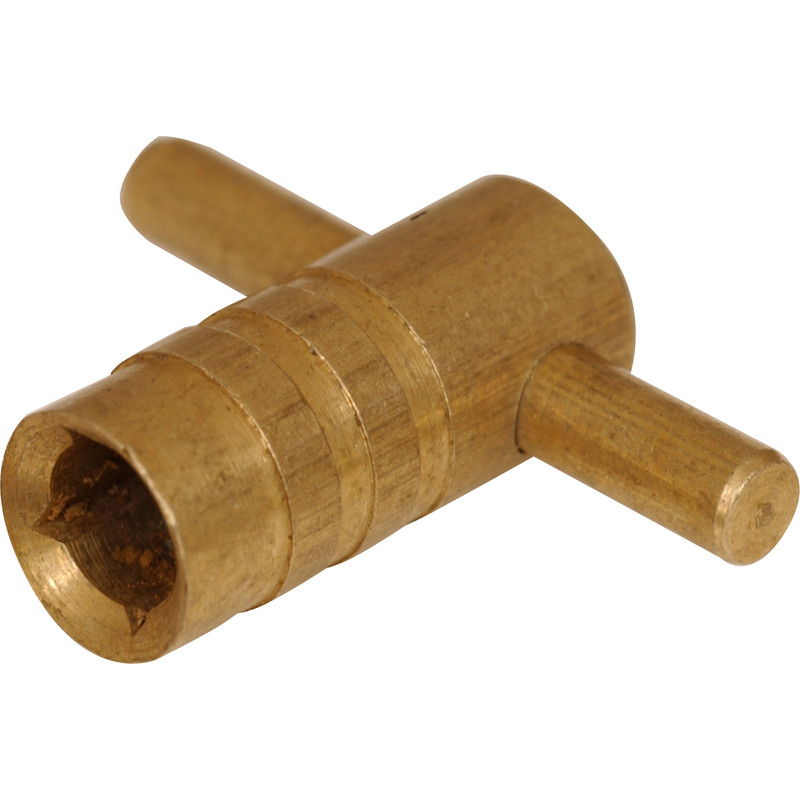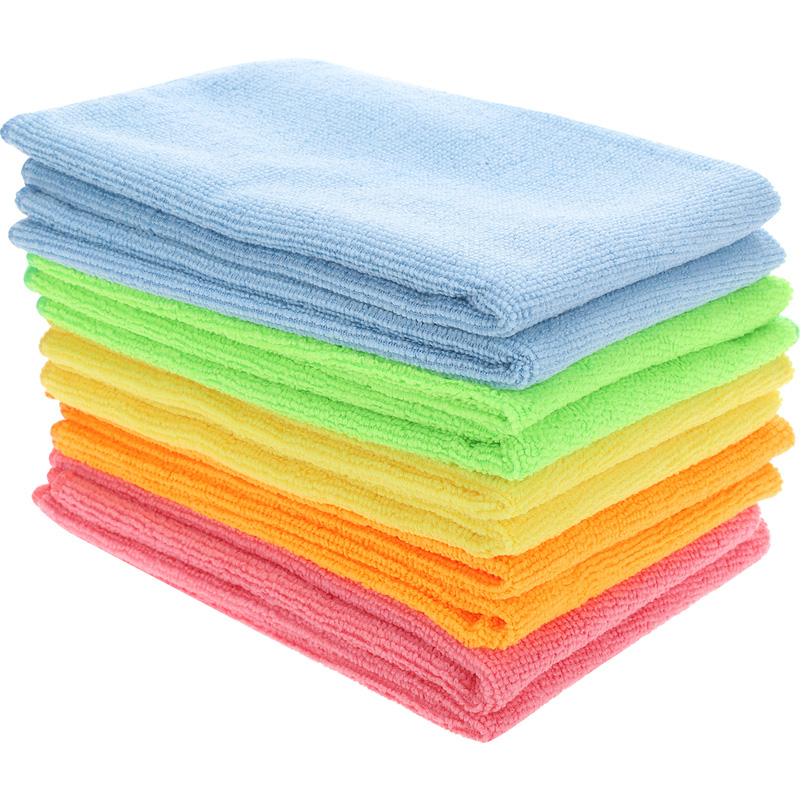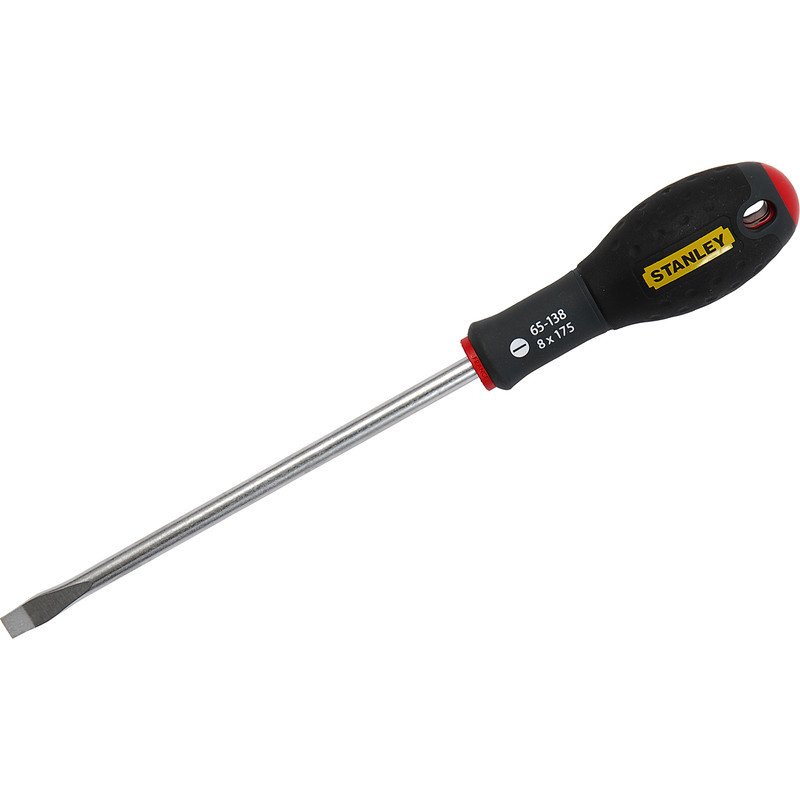If your radiators feel cool in places despite your central heating being on, then it may be time to bleed the radiators.
It's fairly common for small bubbles to be found circulating within the water of your central heating system. However, overtime these small pockets of air can build up in your radiators. It's this accumulation of air that results in cold spots on your radiator which can prevent the room from warming up.
You may also notice gurgling sounds coming from the radiator, and that's because the trapped air is trying to escape. This is where bleeding your radiator comes in.
When you bleed a radiator you release all of that trapped air, which allows the water to circulate properly. This keeps your heating working effectively, and your home warm and toasty.
If you've not bled a radiator before, don't worry! It's a simple job when you have the right tools, and our step-by-step guide on how to bleed your radiator is super easy to follow.
Essential Tools & Equipment
Step 1: Turn Off The Heating
- Make sure that your heating system is switched off. If the heating has recently been on and the radiators are warm, wait for them to cool down before you start.
Step 2: Locate The Radiator Bleed Valve
- Next up, locate your radiator bleed valve. You can usually find them at the top corner of your radiators. They're small and circular in shape.
Step 3: Open The Valve To Release Any Trapped Air
- Take your radiator key and insert it into the bleed valve. You can also use a flat head screwdriver if you prefer.
- Slowly turn the key anti-clockwise to open the valve and release any air. You may hear a whistling sound as the trapped air escapes, but don't worry as this is normal.
Step 4: Close The Valve Once Water Escapes
- When the hissing stops and water begins to escape, immediately turn the key clockwise to close the bleed valve again. It can be helpful to hold something like a jug directly beneath the bleed valve to catch any water.
Step 5: Bleed All The Remaining Radiators
- It's important to bleed all the radiators as this ensures you've removed all the trapped air from the heating system.
- A good rule of thumb is to bleed all downstairs radiators first, starting with the one which is located furtherest away from your boiler. Once you've done that, finish the job on the remaining radiators upstairs.






